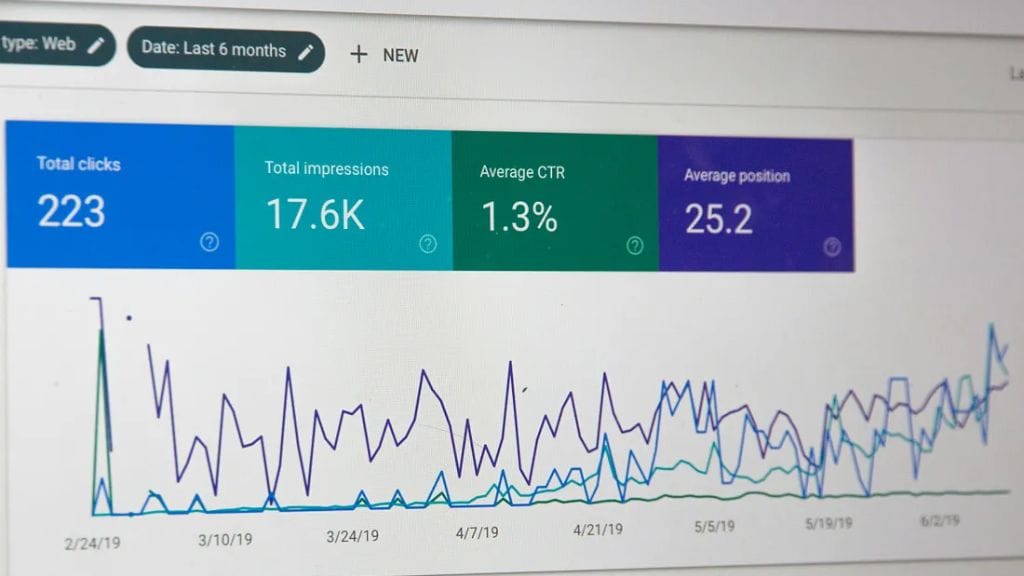Performance marketing is a form of digital marketing in which brands only pay marketing service providers after their business objectives have been met or when specific actions have been taken, such as a click, sale, or lead. It is a data-driven, result-based, and optimized strategy that uses tailored and targeted ad campaigns to generate more revenue¹. Performance marketing relies on various channels, such as affiliate marketing, pay-per-click (PPC) advertising, social media advertising, and search engine marketing (SEM).
Contents
Some of the benefits of performance marketing are:
- It allows you to measure the return on investment (ROI) of your marketing efforts and optimize them accordingly.
- It helps you reach your target audience at scale and drive conversions.
- It reduces the risk of wasting money on ineffective or irrelevant ads.
- It fosters transparency and accountability between advertisers and marketing service providers²³⁴.
How Performance Marketing Works?
Performance marketing works by following a simple process:
- Establish your campaign goal: You need to define what you want to achieve with your performance marketing campaign, such as increasing sales, leads, clicks, or impressions. You also need to set a budget and a timeline for your campaign.
- Choose your digital channel(s): You need to select the best performance marketing channel(s) for your campaign, such as affiliate marketing, influencer marketing, paid marketing and advertising, or native advertising. You also need to find the right partners or publishers to work with.
- Create and launch the campaign: You need to create and launch your campaign on your chosen channel(s), using engaging and relevant content, creative assets, and tracking tools. You also need to ensure that your campaign is compliant with the channel’s policies and regulations.
- Measure and optimize your campaign: You need to monitor and measure the performance of your campaign using key performance indicators (KPIs) such as cost per action (CPA), return on ad spend (ROAS), or conversion rate. You also need to optimize your campaign by testing different variables, such as headlines, images, or offers.
- Handle potential pitfalls: You need to be aware of and handle any potential challenges or risks that may arise during your campaign, such as fraud, technical issues, or negative feedback. You also need to maintain good communication and relationship with your partners or publishers.
What are some best practices for performance marketing?
Some of the best practices for performance marketing are:
- Always set clear campaign goals: You need to define what you want to achieve with your performance marketing campaign, such as increasing sales, leads, clicks, or impressions. You also need to set a budget and a timeline for your campaign.
- Use conversion tracking to track performance: You need to use tracking tools and analytics to measure the performance of your campaign using key performance indicators (KPIs) such as cost per action (CPA), return on ad spend (ROAS), or conversion rate. You also need to attribute the conversions to the right channels and partners.
- Take advantage of automation and machine learning: You need to use automation and machine learning tools to optimize your campaign by testing different variables, such as headlines, images, or offers. You also need to use automation and machine learning tools to adjust your bids, budgets, and targeting based on the performance data.
- Allocate your budget to the best performing channels: You need to analyze the performance data and identify the channels that are delivering the best results for your campaign. You also need to allocate your budget accordingly and invest more in the channels that are driving the most conversions.
- Create specific target audiences: You need to dive into the targeting options provided by each channel and create specific target audiences for your campaign. You also need to twist the dials going forward as you hone in on your audience.
- Create engaging and relevant content: You need to create engaging and relevant content for your campaign that brings your brand and products to life. You also need to use different types of content, such as text, image, and video assets, depending on the channel and the audience.
What are some common mistakes to avoid in performance marketing?
Some of the common mistakes to avoid in performance marketing are:
- Not defining your customer first: You need to know who your target audience is and what their needs, preferences, and pain points are. You also need to create buyer personas and use them to guide your content creation and targeting.
- Not tracking results: You need to use tracking tools and analytics to measure the performance of your campaign using key performance indicators (KPIs) such as cost per action (CPA), return on ad spend (ROAS), or conversion rate. You also need to attribute the conversions to the right channels and partners.
- Ignoring your product: You need to make sure that your product or service is aligned with your target audience’s needs and expectations. You also need to highlight the unique value proposition and benefits of your product or service in your content.
- Failing to look at the holistic strategy: You need to consider how your performance marketing campaign fits into your overall marketing strategy and goals. You also need to coordinate with other marketing channels and teams to ensure consistency and synergy.
- Lack of consistency: You need to maintain a consistent brand voice, tone, and style across all your performance marketing channels and content. You also need to update your content regularly and keep it relevant and fresh.
- Too much experimentation without research: You need to conduct market research and competitor analysis before launching your performance marketing campaign. You also need to test your content, creative assets, and targeting before scaling up your campaign.
- Thinking you need to spend big to get results: You need to optimize your budget and allocate it to the best performing channels and partners. You also need to use automation and machine learning tools to adjust your bids, budgets, and targeting based on the performance data.
- Focusing solely on digital: You need to consider how your performance marketing campaign can complement your offline marketing efforts and vice versa. You also need to use omnichannel marketing strategies to reach your target audience across multiple touchpoints.
How can I create a buyer persona for my performance marketing campaign?
A buyer persona is a semi-fictional representation of your ideal customer based on data and research. It helps you focus your marketing efforts on the most qualified prospects and tailor your content, messaging, and offers to their specific needs, behaviors, and concerns.
To create a buyer persona for your performance marketing campaign, you can follow these steps:
- Scan your internal client’s database: You can start by analyzing your existing customers and identifying their common characteristics, such as demographics, psychographics, and purchase patterns. You can also segment them based on their value, loyalty, or satisfaction.
- Perform a marketing research: You can conduct surveys, interviews, or focus groups with your current customers, prospects, or leads to gather more insights into their goals, challenges, preferences, and feedback. You can also use online tools, such as social media, forums, or reviews, to monitor their online behavior and opinions.
- Organize collected data: You can use tools, such as spreadsheets or software, to organize and analyze the data you collected from your research. You can look for patterns, trends, or gaps in the data and identify the most relevant and significant information for your buyer persona.
- Create a buyer persona: You can use a buyer persona template to create a detailed profile of your ideal customer. You can include information such as name, age, gender, location, occupation, income, education, family status, hobbies, interests, values, motivations, pain points, goals, needs, expectations, media consumption habits, preferred communication channels, and buying journey stages.
- Share buyer personas with the team: You can share your buyer personas with your marketing team and other relevant departments in your organization. You can use tools, such as presentations or infographics, to communicate your buyer personas effectively and clearly. You can also solicit feedback and suggestions from your team to improve your buyer personas.
You can create multiple buyer personas for different segments of your target audience or different types of products or services you offer. However, you should avoid creating too many buyer personas that may overlap or confuse your marketing strategy. You should also update your buyer personas regularly to reflect any changes in your market or customer behavior.
Now that you know what performance marketing is and how it can benefit your business, are you ready to take your marketing to the next level? Ranks Digital Media can help you create and execute effective performance marketing campaigns that deliver results. Contact us today and let’s get started.









